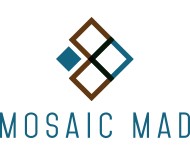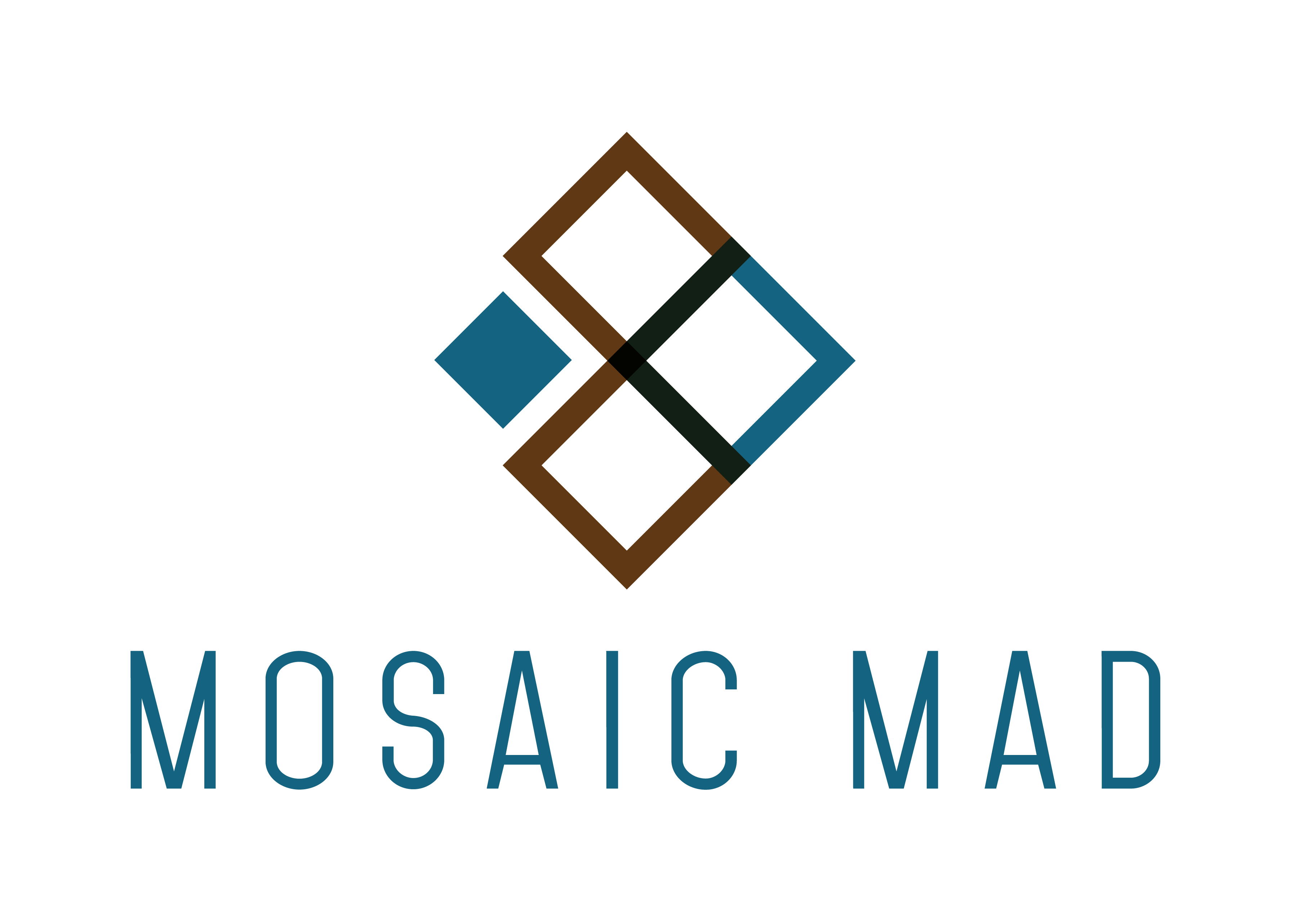Categories
- SWATCHES
- SHEETS
- PRE-NIPPED Crystal Glass
- MIXED-MEDIA Bags
- TILES : Ceramic/Porcelain
- INSERTS and EMBELISHMENTS
- KITS
- TOOLS, GLUE, MESH
- GROUT
- BASES
- PATTERNS and E-BOOKS
Specials
-

Snail : Mosaic Ceramic Insert
R10.00 R5.00
MOSAIC INFO:
- What is Mosaic?
- Mosaic Design
- Common Mosaic Mistakes
- Things to Consider
- Mosaic Colour Basics
- Mosaic Materials
- Mosaic Surfaces & Adhesives
- Transferring Mosaic Patterns
- Cutting Tools
- Cutting Techniques
- The Indirect Mosaic Method
- Pique Assiette Method
- Choosing Grout Colour
- How to Grout your Mosaic
- Side Finishing Options
Search
MOSAIC SURFACES & ADHESIVES
What makes mosaics such an exciting medium is that you can mosaic onto just about anything as long as its solid and unyeilding and can take the weight of the tiles. In selecting a base for your project then, the questions are a matter of the SHAPE you're looking for, HOW the finished peice is going to be used and of course WHERE it's going to used or displayed.
We can't stress enough how important it is to prepare your base surface properly -a good mosaic surface is smooth and clean and also free from any impurities such as torn or rotting wallpaper, paint, etc. Greasy surfaces are also a no-no.
Commonly used base materials include:
Wood:
This can be cut to shape and size easily, making it ideal for many situations. You can mosaic on most any wood surface, but be aware that no wood is 100% waterproof, is vulnerable to temperature changes and can sag or warp and is therefore not recommended for outside use. You will want to seal the wood before applying the mosaic as added insurance.
Terracotta:
Terracotta and clay objects offer a wide variety of shapes and sizes to mosaic on. Sealing these items before starting is highly recommended - this can be done very quickly and easily with diluted PVA glue (craft glue).
Cement:
You can add mosaic to pre-made concrete objects like birdbaths, stepping stones and planters.
Glass:
You can mosaic on flat sheets of window glass or glass items like bowls, votives, plates, etc. Glass is a largely stable surface and clear Silicone and similar adhesives can be used.
Cement board:
This is a cement-based product that can be purchased in sheets. It is weather-proof and water-proof and ‘Thinset’ adhesive can be used. Remember that this base will need to be screwed into place.
Hardibacker / Wedi-Board:
As this base is a composite of cellulose and cement it is easy to cut and lightweight. It is water- and mould-resistant and ‘Thinset’ adhesive can be used. It also needs to be screwed unto place as it's not self supporting
Walls, fixtures, plaster items, ceramics, containers, trays, found objects...
use your imagination!
Selecting the Adhesive:
The base material, tesserae (tiles), project use, and its final location all influence the type of adhesive you need to choose.
Acrylic Based Adhesive:
For mosaics, these are thick white glues that dry clear and are labeled as PVA (poly vinyl acetate). They are often used for interior mosaics that won't be exposed to the elements. An advantage is that they are very strong and can adhere tesserae to slippery surfaces like ceramic and glass. Diluted, it is useful as a surface sealant prior to applying mosaic or as a strength additive to grout. As it is water soluble it is easy to clean up. Bear in mind that this adhesive isn't suitable for outdoor projects as it is affected by moisture. PVA glue and water solution (ratio of 1:5) is good for sealing wood.
Cement Based Mortars:
The traditional adhesive made by mixing powdered cement, sand and water. You can also find quick setting, pre-colored, made for glass, Thinset, and traditional mixes. For exterior use, use one that is waterproof and frost proof. These adhesives are often messy to use and small amounts will suffice.
***Thinset mortar can be combined with admixes (latex or acrylic) to increase the adhesive power. When combined with admixes, thinset mortar can then be used for non-porous tiles and objects. Always remember to wear a pair of rubber/plastic gloves and a face-mask when working with thinset mortar. Never re-use containers that once had thinset mortar in them. Also, never attempt to empty any excess or unused mortar down the drains in your house – that will cause terrible and probably irreparable blockages.
Epoxy Resins:
These are two-part adhesives consisting of a resin and hardener mixed together right before use but due to the high solvent base they must be used in a well-ventilated area. They will adhere tesserae permanently to metals. They are often messy, smelly and have different windows of working opportunity before they set. They can be used indoors and outdoors and on any kind of tile. Mix a little bit at a time to save money.
Silicone, silicone-based glues:
These are often used for glass and acrylic surfaces and can be used indoors and outdoors. They are easy to use as they come in tube form or a caulking gun. It is recommended that you apply silicone thinly to avoid creating a mess on your working area.
Glues and Adhesives Guidelines
- 1. If you are using a new kind of adhesive and are not sure just how it will perform, test it first with a few pieces of tesserae. Allow the tesserae to set with the new adhesive and observe how well the new adhesive suits your needs.
- 2. Tiles that are at least 3mm thick are better suited for mosaic making because they are easier to stick to surfaces. They are also relatively lightweight and the glue will not squeeze out as much around the sides.
- 3. To help adjust small tiles, you can use toothpicks and other small implements like tweezers then you don't have to handle the tesserae with your bare hands.
- 4. Tarry adhesives can help support vertical wall mosaics. Using water-based glues like PVA can be difficult when putting up vertical wall mosaics because they cannot support the weight of the tesserae.
One place to look for help and inspiration is the Mosaic Association of South Africa (MASA) - click on their logo to check out their site...
Cart
New products
No new products at this time

